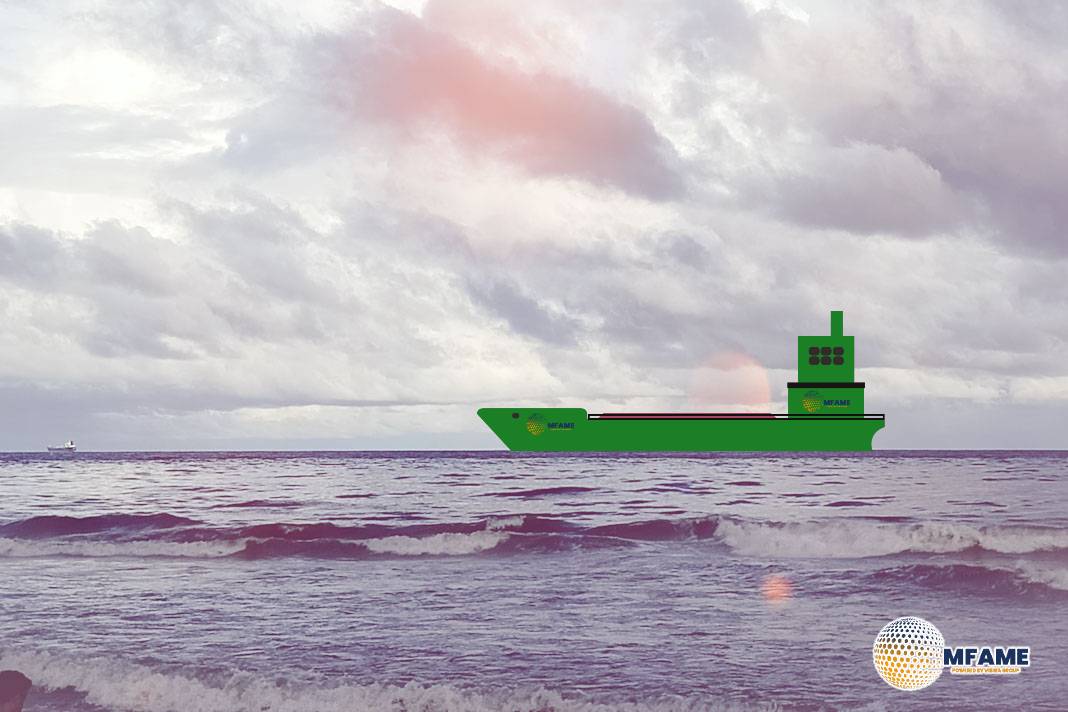- Dirty tanker market remains strong, driven by higher oil on water and longer-haul eastbound cargo flows.
- VLCCs lead the rally, with utilisation at its highest since 2020.
- Regulatory and sanction-related delays tighten vessel supply, supporting freight rates.
- Dark fleet growth reduces compliant tonnage, creating upward pressure on rates.
The dirty tanker market continues to benefit from a robust set of fundamentals, including rising oil on water, widening differences in laden versus ballast speeds, and a pickup in long-haul voyages to the East. At the center of this rally are VLCCs, which remain the dominant performers across the sector, reports Vortexa.
VLCC Utilisation at Highest Level Since 2020
VLCC utilisation has reached 57%, the strongest since the 2020 floating storage boom triggered by the oil price collapse. Employment remains firm across both sanctioned and mainstream crude grades, reinforcing the segment’s resilience.
Freight rates still reflect this strength. VLCC earnings remain near their highest levels in four years, although they have pulled back roughly 20% from last week’s peak. This has raised questions about whether the current rally is reaching its inflection point.
Vessel Availability Tightens Amid Delays and Sanctions
Tonnage supply has become meaningfully constrained. Higher oil on water levels, coupled with discharge delays tied to new regulatory requirements and evolving sanctions, have contributed to reduced vessel availability.
Complications linked to USTR actions, China’s special port fees, and sanctions around Rizhao and Yulong have further tightened the market.
The more immediate impact of the latest sanctions targeting Russian entities is expected after 21 November, likely extending voyage durations and keeping more sanctioned or dark fleet tonnage occupied. Meanwhile, more vessels continue transitioning from compliant trades into the dark fleet—a shift that is strategically difficult to reverse and one that effectively reduces the global pool of available, compliant ships.
On the demand side, some buyers of Russian crude are shifting to mainstream barrels, including long-haul grades from the Americas, further supporting tonne-mile demand.
Short-Term Outlook: Bullish Across Vessel Classes
These dynamics create a distinctly bullish environment for freight.
- VLCCs and Suezmaxes are positioned to benefit from increased long-haul flows to India and China.
- Aframaxes are set to gain from reduced competition — both fewer vessels in compliant trades and fewer larger ships competing for Atlantic routes compared with early 2025.
In the near term, fundamentals remain firmly weighted towards continued strength in dirty tanker freight.
Looking Ahead: 2026 May Bring Market Shifts
Beyond 2025, the picture becomes more uncertain. Much will hinge on how buyers of Russian crude respond to the new sanctions.
- If buyers retreat from Russian barrels, OPEC+ may trim exports to support prices, just as Asia’s seasonal demand eases — potentially moderating overall tanker demand.
- Alternatively, a structural shift away from Russian crude toward alternative long-haul sources could continue supporting demand for larger tankers, though possibly at the expense of smaller segments.
Either way, longer-haul trades from Latin America are expected to remain a supportive factor, even if global demand growth softens.
Did you subscribe to our daily Newsletter?
It’s Free — Click here to Subscribe!
Source: Vortexa

























